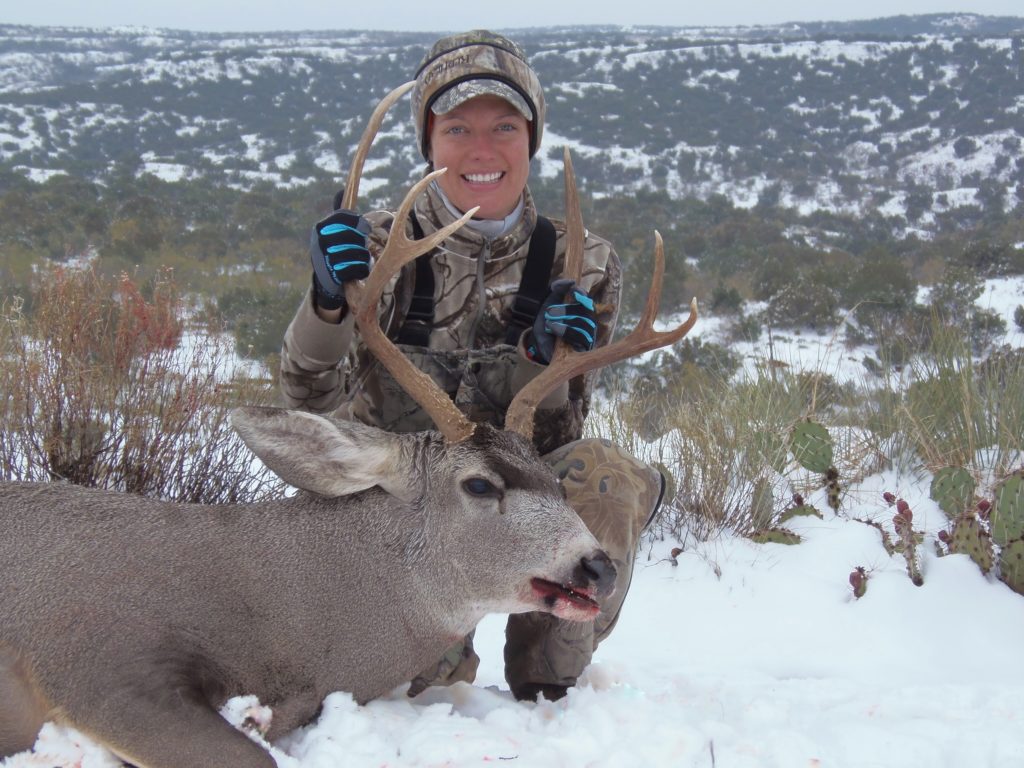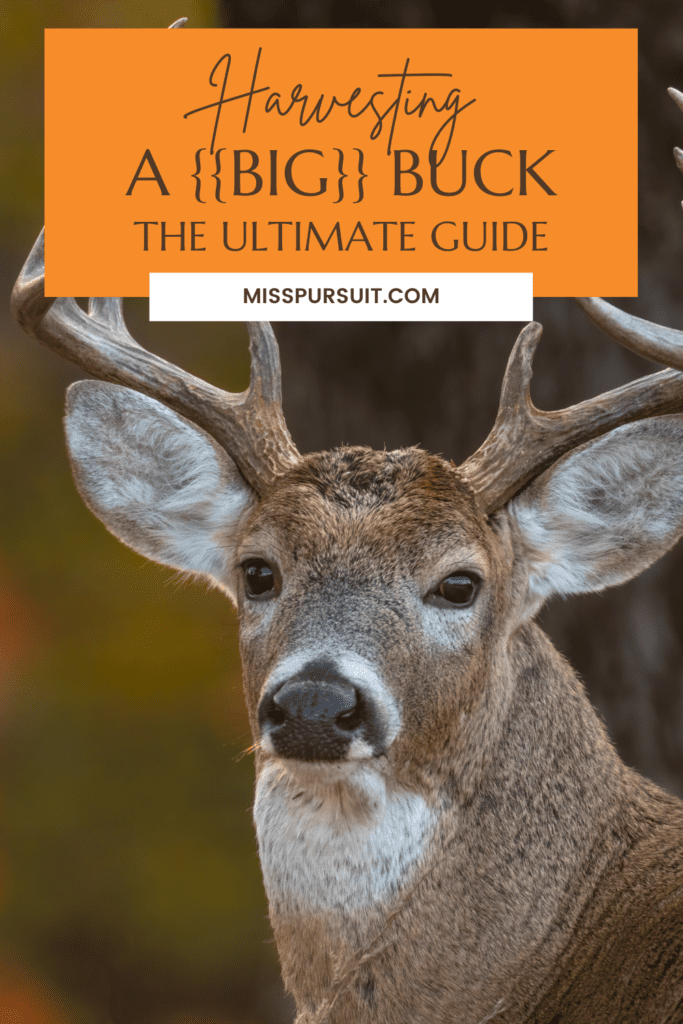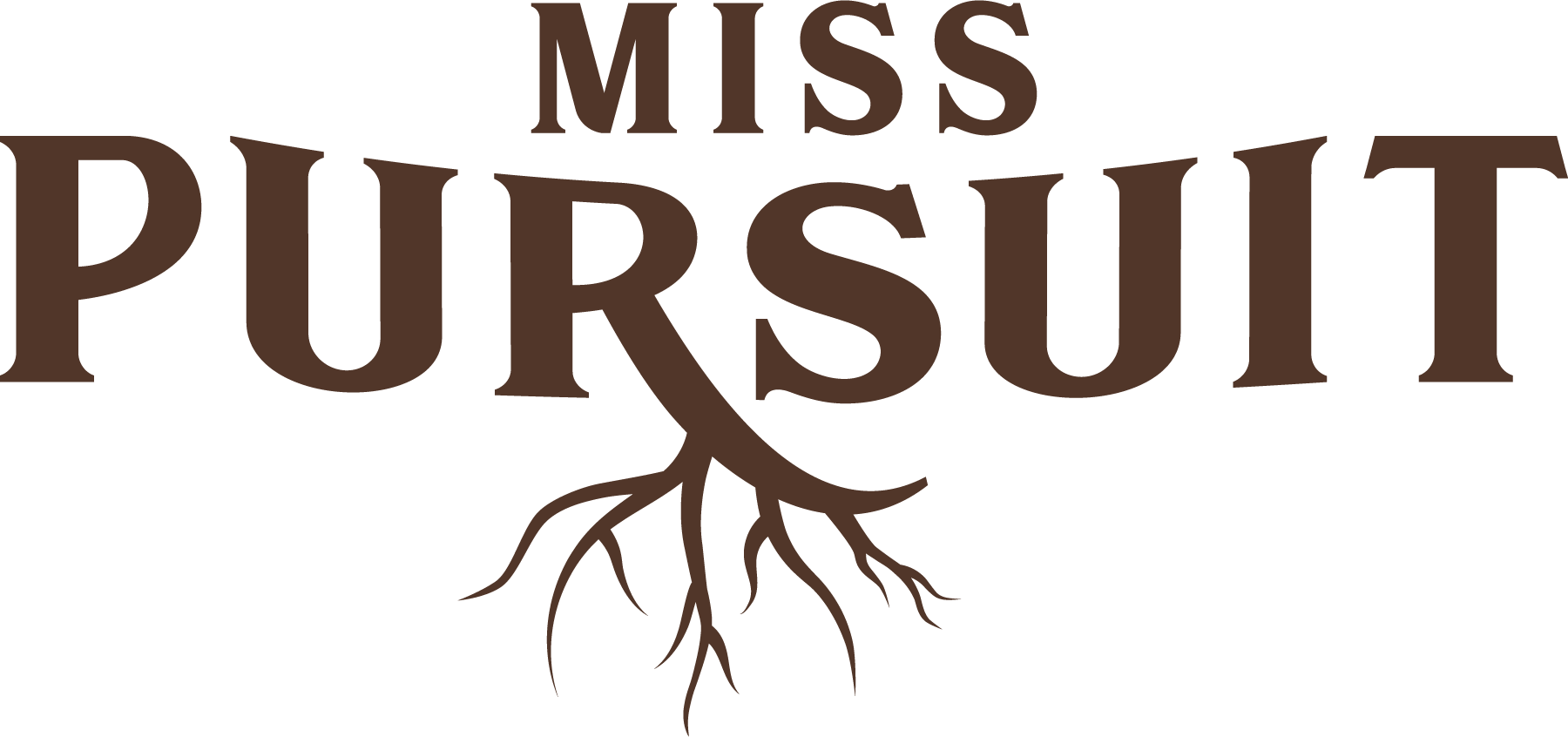Welcome to our ultimate guide to harvesting a buck! Whether you are a seasoned hunter or a beginner, this post is for you. Hunting is an exhilarating sport that requires skill, patience, and preparation. Harvesting a buck is a thrilling experience that comes with its own set of challenges. From choosing the right gear to scouting the perfect location, there are many factors to consider before heading out. In this post, we will provide you with all the information you need to prepare for a successful hunt. We'll cover everything from what to wear and what equipment to bring, to how to track and field-dress your buck.
Introduction to Harvesting a Buck
When it comes to harvesting a buck, there are a few things you need to consider. The first step is selecting the right area to hunt. You'll want to look for areas with plenty of dense vegetation and food sources like acorns or clover. This will help attract deer to the area and increase your chances of success. Once you've found a good spot, it's important to be patient and wait for the right opportunity. Instead, take your time and wait for the perfect shot. And remember, always follow safe hunting practices and respect the animals you're hunting. By keeping these things in mind, you'll be well on your way to harvesting a trophy buck.

When it comes to harvesting a buck, it's important to consider the factors that might influence your success. From selecting the right area to scouting potential bedding spots and travel corridors, it's crucial to do your homework. By taking the time to research and plan your hunt, you can increase your chances of bringing home a trophy buck and have a great time in the process. So, remember to think carefully about what you need to do to prepare for your hunt. Get ready to put in the time and effort that it takes to achieve your goal.
The bigger the buck, the harder to find. They have grown a large rack for a reason – they haven’t been shot yet! They are smart and stay away. However, during the rut, they are dumb and their testosterone makes them a bit… well… sex-crazed.
Scout, scout, and then scout. Bagging a mature trophy deer is hard. Scout early season, starting in mid-July. Set game cameras in travel corridors, feed areas, and close to water sources. If you identify your target buck, stay out of those areas as much as possible. Only enter them under favorable conditions such as the wind in your favor, going in the middle of the day, and being as quiet as possible when you do.
Safety Considerations when Harvesting a Buck
When it comes to harvesting deer, safety should always be the top priority. Whether you're a seasoned hunter or a beginner, taking proper safety precautions can prevent accidents and ensure a successful hunt. One important aspect of safety is using a reliable gun that is in good condition and properly sighted. Before heading out into the field, make sure you've cleaned and checked your weapon to ensure it's functioning correctly. Additionally, always practice basic gun safety rules, such as keeping the barrel pointed in a safe direction and never point it at someone else. By ensuring safety procedures are in place, you can enjoy a successful and stress-free hunt.

Wearing bright-colored clothing, such as blaze orange, is essential in helping other hunters identify your location. Moreover, always remember to use a safety harness or rope when climbing up a tree stand to prevent any injuries. It is also crucial to be mindful of your surroundings and to hunt within your limits. Following these guidelines. Taking the necessary precautions can make all the difference between a memorable and safe harvesting experience and an unfortunate disaster. Remember, safety should always be your top priority when harvesting deer.
Preparing the Gear for a Buck Harvest
When it comes to harvesting a buck, there are a few important things to consider. First and foremost, you need to make sure you have all the necessary gear ready to go. This includes your hunting rifle and ammunition. You'll also need a good knife for field dressing the deer. Additionally, it's important to wear appropriate camouflaged clothing that will help you stay concealed. Other items to consider might include a backpack to carry your gear, binoculars, and even a tree stand to give you a better vantage point. By taking the time to prepare and equip yourself with the right gear, you'll be well on your way to a successful harvest.
Next time you're heading out on a hunting trip, don't forget to consider what you need to do to ensure a successful harvest. Remember to take your time when selecting your gear and preparing it for the hunt. Make sure your rifle is clean, your knife is sharp and your batteries are charged. Planning ahead will help you stay focused on the task at hand and increase your chances of a successful hunting trip.
You'll want binos and camo (although any concealment is fine). Identify what works best for your hunt – tripod, ground blind, treestand.
Scouting and Locating the Right Buck
When it comes to harvesting deer, one of the crucial steps is scouting. It all starts with knowing the deer's territory and behavior patterns, which can help narrow down the search for that perfect buck. Knowing the terrain and the types of vegetation they feed on can also help determine where they are likely to be, whether it's a dense forest or an open field. Once you have an idea of where to look, it's important to stay quiet and observe from a distance, without spooking the deer. This takes practice and patience, but it's well worth the effort when you finally spot the right animal to take down. So, remember, scouting and locating the right deer is the first step in harvesting a buck, and it all starts with knowing your territory and paying close attention to your environment.
Another tip? Hunt early in the season. For bowhunters, in most states, archery opens when bucks are still in summer bachelor group patterns and are staying in their summer range. Only hunt in perfect conditions for your set-up. If you have to walk through a feeding area to get to your stand, then making the sacrifice of not hunting that morning may increase your odds of not spooking your target deer out of the area.
What to consider when harvesting a buck?
Well, once you've selected an area to hunt, it's important to look for signs of deer activity. Keep an eye out for droppings, tracks, and scrapes – these are all telltale signs that deer are present. Of course, you can always do some research on hunting websites to learn about where bucks are being seen in your area. Take the time to scout out the area and find the best spot for your hunting blind. A good rule of thumb is to set up near a food source or along a well-traveled deer trail. And don't forget to pay attention to wind direction – deer have a keen sense of smell and can easily detect human scent.
Moreover, it is important to consider a few things when it comes to harvesting a buck. Firstly, understanding the buck's movement and behavior is essential in planning an effective hunt. This is where technology such as trail cameras come in handy, allowing you to monitor the buck's daily and nocturnal activity in a particular area. Observing their behavior can give you an idea of when they might be on the move, making it easier for you to map out your hunting strategy. This can ultimately maximize your chances of successfully harvesting a deer.
Processing and Storing Your Harvested Meat
When it comes to hunting and harvesting deer, one of the most important things to keep in mind is how to properly process and store the meat. After all, you want to make sure that all of your hard work results in safe and delicious food for you and your family to enjoy. Make sure that all equipment is clean before beginning the processing. Additionally, keep in mind that proper temperatures are critical for safe storage. This means that you'll want to keep your harvested meat chilled or frozen until you're ready to cook it. By taking these steps, you can ensure that your harvest is not only successful but also safe for consumption.
Moreover, there are other factors to consider when harvesting a buck. For one, it is essential to know the local laws and regulations in your area. Additionally, you should make a plan for how you will transport the meat back home. By taking these considerations into account, you can ensure a successful deer harvest and high-quality meat that is safe to consume. Remember, the key to excellent meat is in the preparation and handling, so take care to follow proper procedures every step of the way.
Final Tips for Successful Buck Harvests
When it comes to harvesting deer, a successful buck hunt requires careful planning and preparation. It's essential to scout the area beforehand to identify likely travel routes, food sources, and bedding areas. Knowing their habits and routines will help you determine the best time and location for your hunt. You should also make sure to have the necessary equipment, such as a good rifle, appropriate clothing, and scent control products. Additionally, practice your shooting skills to ensure accuracy and precision. With proper planning and preparation, you'll increase your chances of a successful buck harvest.
When it comes to harvesting a buck, there are a few things to consider. First, you need to identify possible areas of activity where the bucks might be moving. Once you've got that down, set up your blind or stand in a spot that maximizes your chances of spotting the bucks while they're on the move. This could mean looking for a natural funnel that deer tend to use, like a pinch point or a creek crossing.
It's important to remember that deer are skittish animals, so you want to make sure you're not in a spot that's too exposed or where your scent might give you away. The last thing you want is for the bucks to catch wind of you and bolt before you've had a chance to take your shot. With some careful planning and a little bit of luck, you'll soon be on your way to bagging that trophy buck!
Finally, when it comes to what to consider when harvesting a buck, practicing with a variety of arrows and bows beforehand can make all the difference. You don't want to be caught off guard when it's finally time to take that shot. By practicing ahead of time, you'll have a better understanding of what feels comfortable and what doesn't. This will allow you to focus on taking the perfect shot when the time comes, rather than worrying about the equipment you're using. So, take some time to practice, experiment with different options, and get ready for the hunt of a lifetime!
Conclusion
In conclusion, if you're ready to take on the challenge of harvesting a buck, we hope this guide has given you the confidence and knowledge to do so. Remember to always prioritize safety and respect for the animals and their environment. Hunting requires patience, practice, and persistence, but the thrill of a successful hunt is worth it all. So, gather your gear, scout out a good location, and get ready to put your skills to the test. With the tips and tricks we've shared in this post, you'll be well on your way to becoming a pro hunter!
